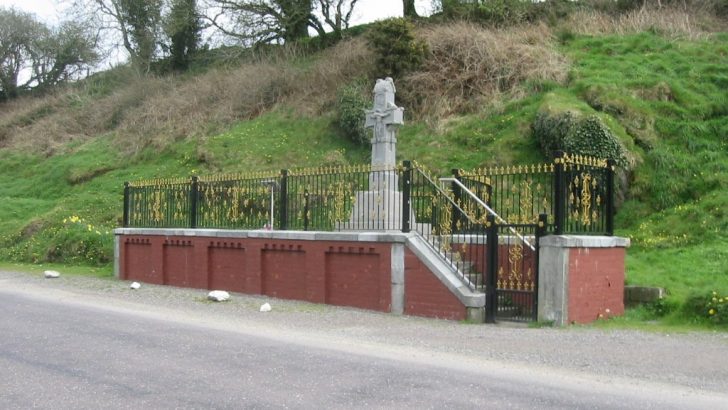The Great Cover-Up: The Truth About the Death of Michael Collins
by Gerard Murphy (The Collins Press, €19.99)
The death of Michael Collins at Bealnablath, Co. Cork, on August 22, 1922 has prompted much comment and writing. No fewer than five books have been published on the subject, as well as numerous articles and countless columns and letters in journals and newspapers.
Access to the witness statements in the Bureau of Military History and the records of the Military Pensions Board has added a large tranche of extra information concerning the circumstances surrounding the death of Collins. Hence this attempt to provide an updated perspective on that tragic event.
Based on eye-witness accounts, the accepted version of the events that led to the death of Collins are that he was seen by a member of the Anti-Treatyite IRA passing through Bealnablath in the early morning of August 22, 1922.
Hoping that his convoy would be returning that way after the inspection of Irish Free Army posts in West Cork, some thirty members of the Anti-Treaty 3rd West Cork Brigade waited in position for most of that day to ambush it. About 6pm they were stood down.
However, six were left to clear obstructions on the road. While this was in progress the convoy carrying Collins came into sight. The Anti-Treatyites opened fire to cover their comrades scrambling to get up from the road.
General Emmet Dalton, who was in charge of the convoy, commanded it to speed through the ambush location, but this was countermanded by Collins. There followed an exchange of fire between members of the convoy and the retreating Anti-Treatyites. In one of the last volleys a bullet ricocheted from the turret of the convoy’s armoured-car and fatally wounded Collins.
It seems that Collins was partially responsible for his own death. While Dalton and the other members of the convoy fell to the ground or were in a crouching position, Collins was striding forward firing his rifle in the direction of the retreating ambush party.
In retrospect it is tempting to see a reason for this extraordinary conduct (as has been pointed out to me by a friend who has looked into the point). During the tension-filled Treaty debates Cathal Brugha, in a fiery exchange, derided Collin’s reputation and claimed that he had never been in a real fight. Worse: Brugha suggested his legend had been created by American journalists.
Using the newly-released information Murphy narrates his version of the events leading to the death of Collins. For him Collins was assassinated by a group put in place for that purpose and was killed by a sniper’s shot rather than a ricochet bullet.
Collins was drawn into the trap at Bealnablath by the promise of peace talks with his Anti-Treaty opponents. And Florrie O’Donoghue was a primary figure in all of this: meeting Collins on the morning of the ambush and on the previous day, thereby pulling Collins into the trap with the promise of further meetings that evening.
However, Murphy does acknowledge that O’Donoghue and Seán O’Hegarty, whom he also ‘fingers’ for the death of Collins, remained neutral during the civil war and were actively attempting at that time to broker an agreement between the opposing sides. He also admits he has no conclusive proof for his allegation about their active involvement in the death of Collins.
Cover-up
Murphy accuses O’Donoghue of later being the master mind of a great cover-up of the truth about the death of Collins. He points to his prolific writing on the subject, but fails to emphasise that he was writing when most veterans of the revolutionary period were still alive and in a position to challenge his assertions.
Nor does the author, it seems, have any knowledge of the character of O’Donoghue who was known and highly regarded by his contemporaries and peers for being meticulous with regard to accuracy and historical truth.
Thus, his allegation that O’Donoghue was involved in a conspiracy to have Collins killed and spent much of the rest of his life covering-up the truth about the death of Collins, is much more than an impertinence.
This book provides a little fresh information on a much-worked topic, but for the most part it is an exercise in confused and confusing polemics.


 The Collins memorial at Bealnablath
The Collins memorial at Bealnablath 